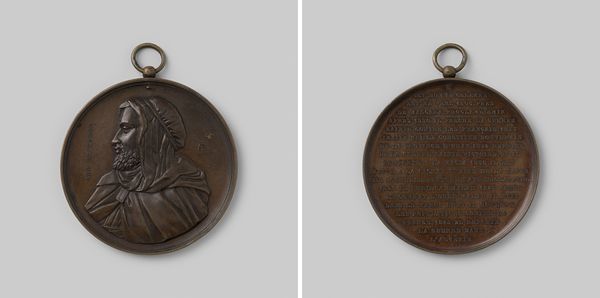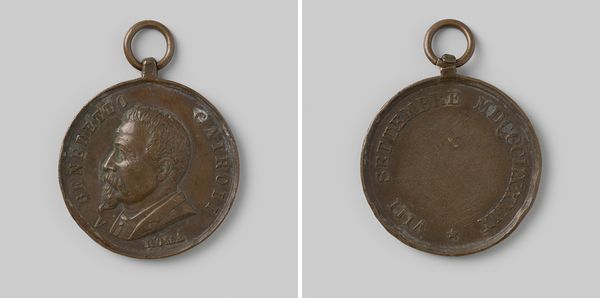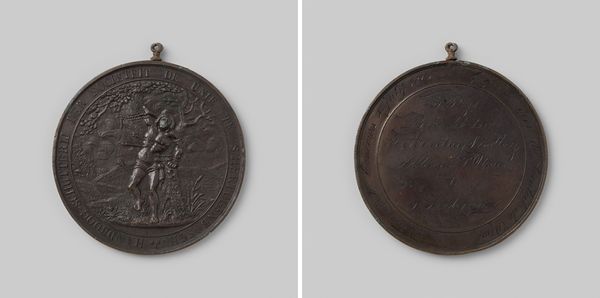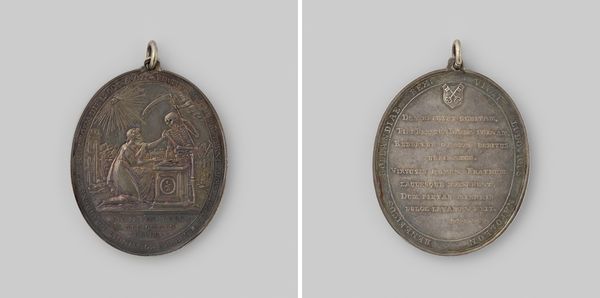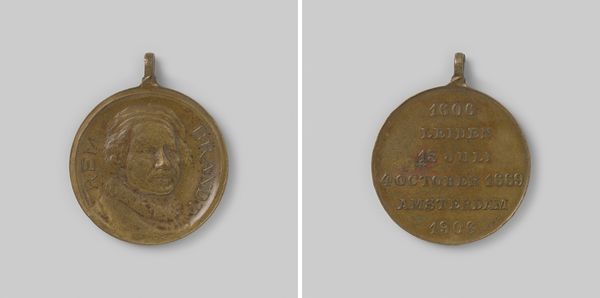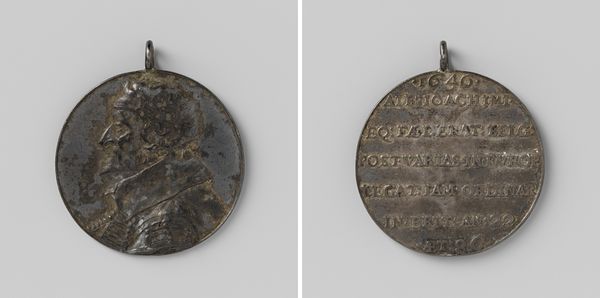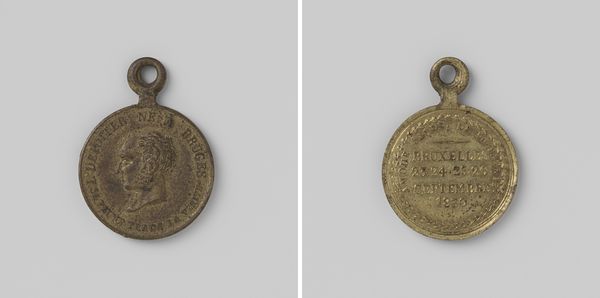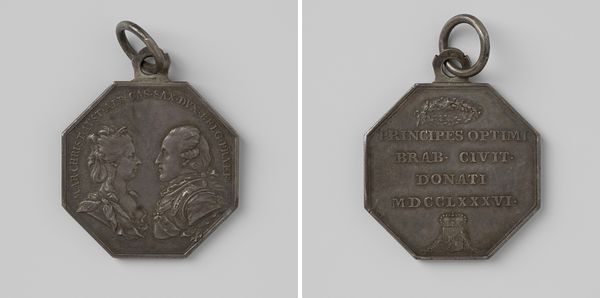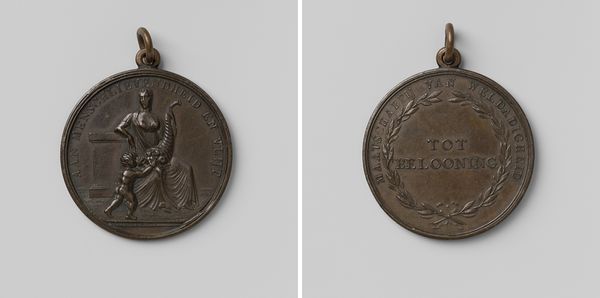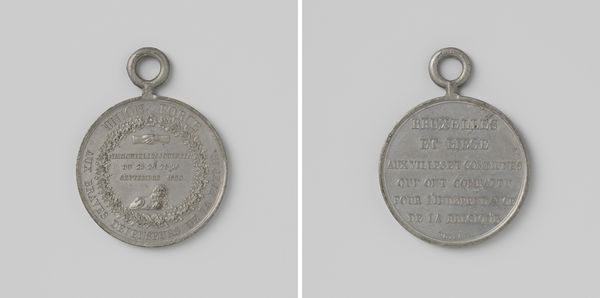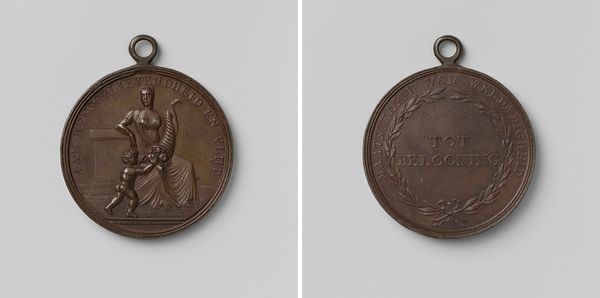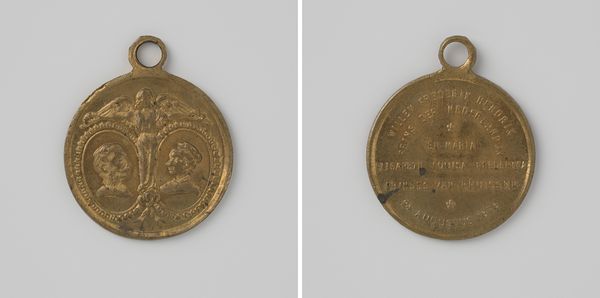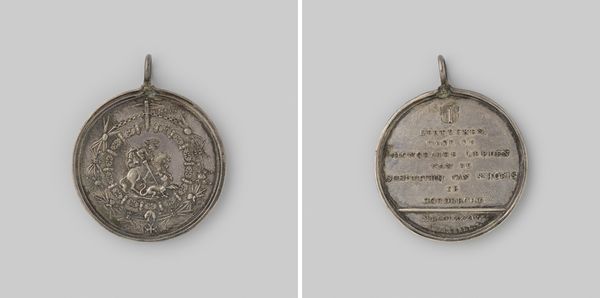
metal, sculpture
#
portrait
#
neoclacissism
#
metal
#
sculpture
#
history-painting
Dimensions: diameter 4.1 cm, height 4.6 cm, weight 30.91 gr
Copyright: Rijks Museum: Open Domain
Editor: Here we have a metal sculpture, a portrait medal of "Wolfgang Amadeus Mozart" created in 1821 by Armand-Auguste Caqué. It’s much smaller than I imagined. What do you see in this piece, considering its place in history? Curator: Well, first it is vital to contextualize how Mozart was perceived in 1821, thirty years after his death. We must examine this medal not just as an artistic tribute, but as a cultural artifact manufactured during a period that began to mythologize Mozart. Editor: Mythologize? Curator: Exactly. Neoclassicism, the prevailing style, looked back to antiquity for its heroes. Mozart, in death, could be molded into such a figure. The portrait, though small, embodies that. Consider the inscriptions: how do they function to elevate him? What kind of a narrative does this object serve? Editor: The inscriptions... They give his birthplace and death date, almost like an epitaph. It reinforces that neoclassical idealization. The medal is, then, not just about remembering Mozart, but about constructing a specific, lasting image of him for society. Is that the "politics of imagery" at play? Curator: Precisely! This piece serves as a fascinating lens through which we can understand how cultural memory is shaped. This medal creates public memory, just like monuments in squares. Editor: I never considered something so small having such a role. Now I see how the museum itself shapes that memory too, by choosing to display it. Curator: Indeed. Everything down to the display case adds layers to how we perceive and understand this work.
Comments
No comments
Be the first to comment and join the conversation on the ultimate creative platform.
